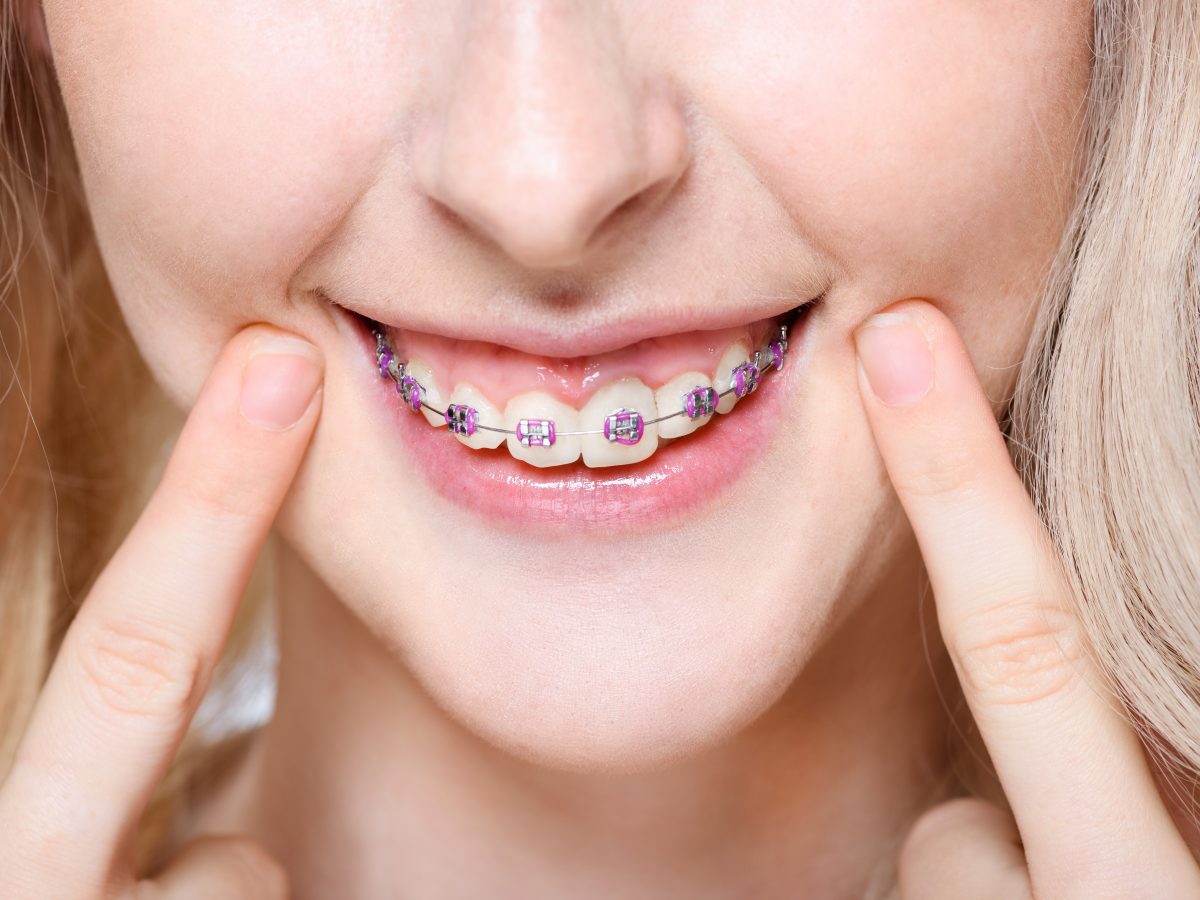Locating the Right Cumming Orthodontist for Your Braces and Aligners Requirements
Locating the Right Cumming Orthodontist for Your Braces and Aligners Requirements
Blog Article
Comprehensive Guide to Orthodontics Procedures for Dealing With Oral Imbalances
Recognizing the intricacies of each treatment, including their devices, benefits, and prospective drawbacks, is crucial in making notified decisions about one's orthodontic therapy. As we browse through the thorough guide to orthodontic treatments for correcting dental misalignments, the elaborate details of each method will unfold, shedding light on the path toward a useful and unified dental positioning.
Orthodontic Procedures Summary

Routine changes and tracking are vital components of orthodontic therapy to guarantee progression is on track and to make any required modifications along the means. By going through orthodontic treatments, people can not just achieve a straighter smile but likewise enhance their total oral health and wellness and feature.
Traditional Dental Braces: Just How They Work
When taking into consideration orthodontic therapies for dental misalignments, typical dental braces attract attention as a reliable approach for dealing with teeth placing. Traditional dental braces contain braces, cords, and bands that function with each other to use continual stress on the teeth, progressively moving them into the desired alignment. The braces are attached to the teeth making use of a special adhesive, and the cords are threaded with the braces. By adjusting the tension of the cords, orthodontists can manage the instructions and force put on each tooth, leading them right into proper alignment in time.
As stress is applied to the teeth via the braces, the bone surrounding the teeth is reshaped to sustain the brand-new tooth placements. People will require routine changes at the orthodontist's office to guarantee the dental braces continue to use the correct pressure for efficient teeth motion.
Unseen Aligners: Cons and pros
Unseen aligners offer a very discreet and convenient choice to traditional dental braces for correcting oral imbalances. These clear, tailor-made trays are basically undetectable when worn, making them an appealing choice for people seeking a much more aesthetically pleasing orthodontic therapy. One of the key advantages of invisible aligners is their removability, permitting easier upkeep of oral hygiene compared to conventional dental braces. People can remove the aligners before eating or cleaning their teeth, lowering the risk of food getting embeded the home appliance and streamlining the cleaning procedure.

Surgical Orthodontic Options
Surgical treatments in orthodontics existing viable alternatives for resolving complex dental misalignments that may not be effectively fixed with standard orthodontic treatments. While undetectable aligners and traditional dental braces can fix numerous orthodontic concerns, particular situations need medical intervention to achieve optimum outcomes. Surgical orthodontic alternatives are normally suggested straight from the source for extreme malocclusions, significant jaw inconsistencies, and cases where the underlying bone structure needs alteration to attain correct alignment.
One common surgical orthodontic procedure is orthognathic surgical treatment, which entails rearranging the jaws to correct functional concerns such as problem chewing or speaking. This surgery is frequently done in collaboration with an orthodontist that helps align the teeth prior to and after the treatment. Surgical orthodontics may additionally involve procedures to reveal impacted teeth, eliminate excess gum tissue, or improve the jawbone to create an extra unified facial account.
Prior to considering medical orthodontic alternatives, patients undergo a thorough evaluation to establish the requirement and potential benefits of such interventions. cumming orthodontics. While surgical treatment may seem challenging, it can considerably enhance both the feature and looks of the smile in cases where conventional orthodontic therapies fail
Retainers and Post-Treatment Treatment

Post-treatment care entails following the orthodontist's instructions carefully. This may include proper oral hygiene methods, going to follow-up appointments, and wearing the retainers as recommended. Failing to abide by post-treatment treatment directions can cause regression, where the teeth gradually move back towards their initial settings. Regular retainer wear, excellent oral hygiene, and routine oral check-ups are important for keeping the results attained through orthodontic surgery and making sure the long-lasting stability of the fixed oral placement.
Final Thought
In conclusion, orthodontic treatments provide different alternatives for correcting dental misalignments. Surgical orthodontic alternatives are readily available for much more extreme misalignments. Generally, orthodontic treatments can properly improve oral wellness and aesthetic look.
As we navigate with the comprehensive guide to orthodontic treatments for correcting oral imbalances, the elaborate information of each method will certainly unravel, dropping light on the course towards a useful and unified oral alignment. - orthodontist
One of the most usual orthodontic therapies is the use of braces, which consist of metal brackets and cords that apply gentle pressure to slowly change teeth into the preferred setting.When considering orthodontic treatments for oral imbalances, standard dental braces stand out as a time-tested approach for fixing teeth placing. Furthermore, invisible aligners may not be suitable for complex orthodontic problems that call for even more significant teeth movement, as they are commonly recommended for light to modest instances. Retainers are tailor-made orthodontic devices designed to hold teeth in their fixed settings after the completion of orthodontic treatment.
Report this page